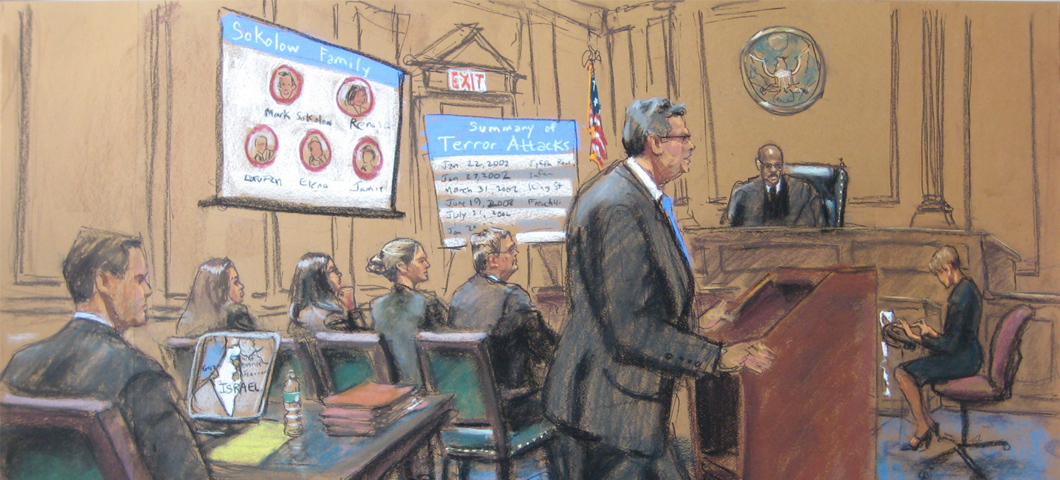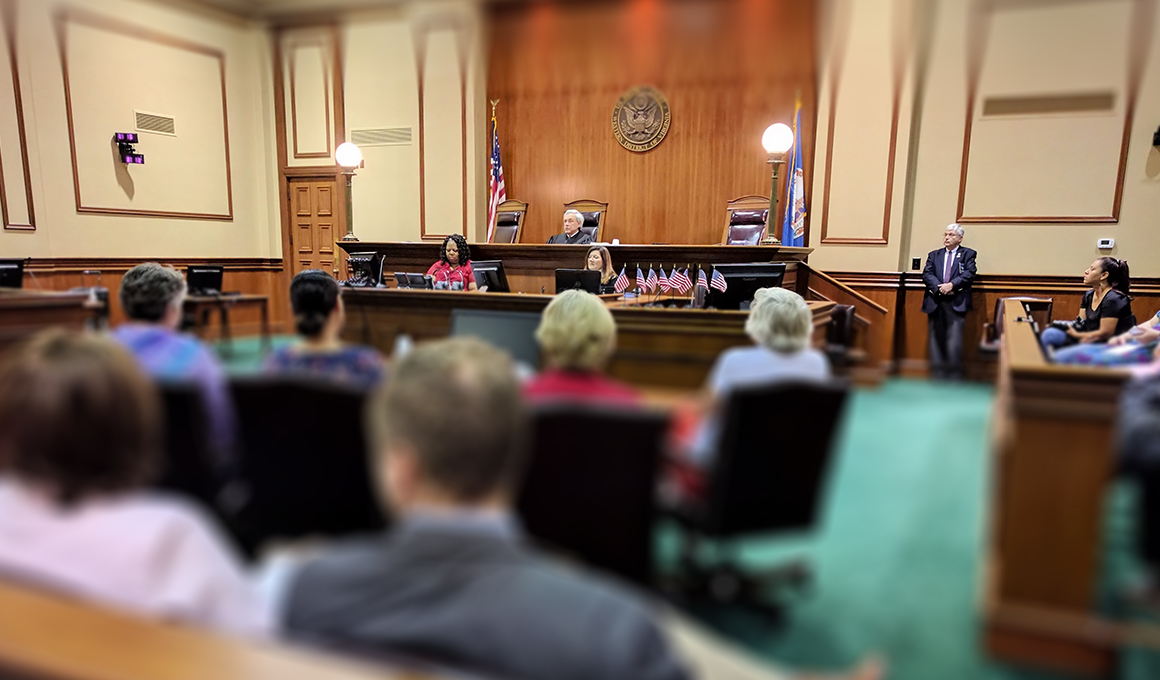Astound the Court: Crucial Elements of a Powerful Trial Discussion
Important elements such as recognizing the target market, crafting an engaging story, and grasping spoken and non-verbal interaction are essential parts of a reliable discussion. As these factors intertwine, they form a cohesive technique that not only notifies however additionally engages jurors on numerous levels.

Recognizing Your Audience
Understanding your audience is an essential facet of effective test presentation. A successful discussion hinges on the capability to comprehend the demographics, values, and predispositions of jurors. This comprehension notifies how arguments are framed, proof exists, and sob stories are crafted, ensuring that the message resonates with the jurors on a personal level.
Study indicates that jurors come from diverse histories and might have varying degrees of understanding regarding legal process. In addition, comprehending the jurors' prospective biases and life experiences allows the trial speaker to anticipate objections and address concerns proactively.
Effective trial discussion additionally entails observing jurors' responses throughout the proceedings. Being attuned to non-verbal hints can offer understanding into their interaction and receptivity, enabling for real-time modifications in approach. Inevitably, an extensive understanding of the target market not only improves interaction but additionally constructs rapport, increasing the chance of a positive end result. Involving with jurors as individuals as opposed to a collective unit is important in fostering a solid link in the court room.

Crafting an Engaging Story
Crafting a compelling story is necessary in assisting jurors with the intricacies of an instance. A well-structured story not only streamlines elaborate legal concepts however also engages jurors on an emotional degree, making the info much more relatable and unforgettable.
To attain this, lawyers ought to start by determining the core message they want to communicate. This message must reverberate with the jurors' values and experiences, cultivating a connection that transcends simple realities. The narrative ought to unfold rationally, offering occasions in a clear sequence to stay clear of complication. This chronological method can assist jurors comply with the development of occasions, stressing domino effect.
Including human aspects-- such as individual tales or anecdotes-- can additionally improve the story's impact. These aspects stimulate compassion, permitting jurors to visualize the effects of the case on real lives. Additionally, employing a constant motif throughout the discussion strengthens the primary debate, making it simpler for jurors to preserve critical points.
Ultimately, a compelling story transforms a trial presentation from a mere recounting of truths right into an influential story that captivates the court, motivating them to deliberate with both factor and emotion.
Utilizing Aesthetic Help
Incorporating aesthetic help into a test discussion can dramatically enhance jurors' understanding and retention of information. Visual products such as charts, diagrams, pictures, and videos can change intricate legal principles and evidence right into quickly absorbable styles. see this website By engaging multiple senses, these help allow jurors to visualize the instance's crucial elements, making it simpler for them to adhere to along and grasp intricate details.
Furthermore, properly designed aesthetic help can stress vital points and highlight connections in between different pieces of evidence. Timelines can properly show the sequence of events, while annotated pictures can clear up specific information appropriate to the situation. This not just aids in understanding yet additionally reinforces the story presented by the attorney.
Extremely intricate or cluttered visuals might bewilder jurors and detract from the message. Ultimately, efficient aesthetic interaction can be an effective tool in encouraging jurors and aiding them reach educated verdicts.
Understanding Verbal Communication
Efficient verbal communication is vital in a trial presentation, as it functions as the key methods where lawyers convey their arguments and attach with jurors. Mastering this ability includes quality, persuasion, and involvement. Attorneys must articulate their points clearly and briefly, staying clear of legal lingo that might confuse jurors. Simpleness in language promotes understanding and assists jurors realize intricate problems provided throughout the trial.
Moreover, tone and pacing considerably influence just how messages are obtained. A certain tone browse around this site conveys authority, while proper pacing enables jurors to absorb information without feeling overwhelmed. Lawyers need to also vary their singing inflections to stress vital points and maintain jurors' passion throughout the discussion.
Additionally, the company of verbal disagreements is vital. Structuring the narrative rationally and coherently aids jurors adhere to the lawyer's line of reasoning, making it simpler for them to preserve essential info. Using convincing methods, such as narration, can also improve the psychological vibration of the disagreements presented, therefore creating a much more extensive link with jurors.
Inevitably, understanding verbal interaction not only strengthens an attorney's situation but also cultivates trust fund and relationship with the court, considerably enhancing the chances of a desirable judgment.

Engaging With Body Language
Nonverbal interaction plays an important function in test presentations, typically communicating messages that words alone can not share. Body language, including motions, position, faces, and eye contact, significantly affects exactly how jurors view the reliability and sincerity of the presenter. A confident stance, with shoulders back and an open position, can infuse count on, while closed-off body movement may recommend defensiveness or uncertainty.

Faces should reflect the Your Domain Name emotions connected with the case, strengthening the narrative being offered. For circumstances, an honest expression throughout a touching minute can elicit compassion and strengthen the sob story. Inevitably, grasping body language is important for efficient trial presentations, as it improves verbal communication and establishes a compelling existence that reverberates with the jury.
Conclusion
Finally, captivating the court requires a calculated approach that incorporates recognizing the audience, crafting an engaging narrative, using visual help, grasping spoken interaction, and engaging with body language. Each element plays a vital duty in producing an effective test discussion that resonates with jurors on both psychological and intellectual levels (trial presentation). By integrating these components properly, legal professionals can significantly boost their ability to persuade and influence court decision-making